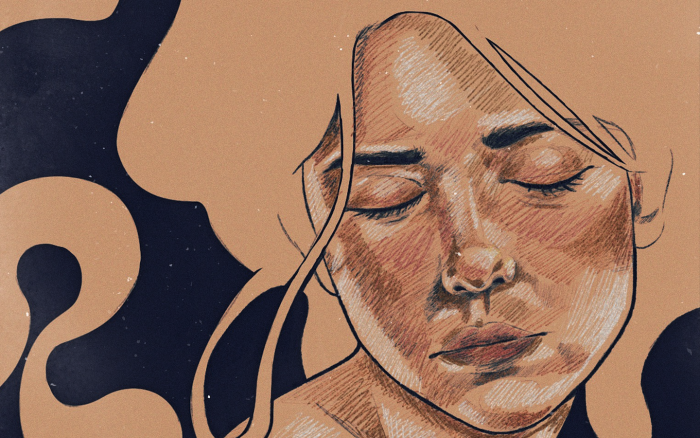Unfortunately, Borderline Personality Disorder has been portrayed in the media as something bad—something to be afraid of.
Therapists are often taught the same in school.
Many therapists learn to fear these clients as the ones who will slice their wrists if left alone.
When many think of Borderline, they think of the visible: intense anger, fluctuating moods, and black-or-white thinking.
Many therapists refuse to work with this population.
If they suspect this is someone’s diagnosis, they often quickly terminate, leaving the client lost, confused, and feeling the same terror a tormented child feels when their caregiver doesn’t come for them.
I’ve spent three years reading everything I can on this diagnosis after being given it myself, and after speaking to those with the label and watching many videos and lectures available on this topic, I feel confused and concerned about how this population is worked with.
I don’t support the way this diagnosis is portrayed in the media or graduate programs, nor do I support the behavior of the clinicians who quickly terminate these patients.
I believe the field is doing a disservice to this population by looking at it as an emotional regulation disorder rather than a “broken heart disorder” stemming from early childhood attachment trauma.
When we look at the symptoms of Borderline, we are not just speaking of some “fear of abandonment” or someone who is “too emotional.”
What these individuals feel is not just in their minds.
It’s felt throughout the entire body—from their head to their toes—that their caregiver is gone and not returning.
Why do they feel this way?
They feel this way because they were terrorized as infants when their caregivers did not pick them up, attune to them, and provide them the most basic human need—love.
People with Borderline Personality Disorder are not bad.
They are adults with hurt children inside.
People with Borderline Personality Disorder do not care much about having adult-to-adult relationships.
Instead, they are constantly seeking a parent figure.
They want someone to pick them up, love them unconditionally, and never put them down.
These clients may come across as clingy. Many do not gently pull at people to pick them up. Instead, they often grab at them, yank them, and forcefully require that they love them intensely.
I can understand feeling hesitant to work with this population because of what the media portrays, but I think if you really begin to see this disorder as stemming from lack of attunement in childhood rather than seeing it as adults who can’t regulate themselves, you’d be taking a step in a better direction.
I get a lot of pushback from people when I say I don’t like Dialectical Behavioral Therapy for this attachment trauma, but I don’t.
From personal experience, I found the treatment hyper-focused on a few dimensions of the disorder—emotional regulation, self-injurious behaviors, and impulsivity.
This wasn’t, and never has been, the core of my pain.
My pain began when my first therapist suddenly closed her practice; I felt abandoned. Five years later, I still cry.
I feel constant grief, like a child in the Spitz attachment studies who never smiles during the three months of their mother’s absence, no matter who else tries to hold them.
This pain is real, and it stems from very early childhood.
In five years of therapy, I have made two therapists into this mother figure and lost both of them in painful ways—neither made sense.
I tried Dialectical Behavioral Therapy, but it didn’t help with my mother wound. I still went to bed crying, and few experiences brought me joy.
There are many dimensions to Borderline, and therapists hyper-focus on the ones that are most visible.
For those who do not struggle with these dimensions, you may suffer quietly to yourself.
If you do get the label of Borderline, you’re unlikely to be referred to a treatment that focuses on the most painful aspect: abandonment.
You’ll learn to regulate your emotions, but that void will still likely be there.
I think it’s time we look at the quieter symptoms of BPD and reconsider what dimensions are most affecting the person.
If it is indeed suffering related to abandonment trauma and longing for a loving parent, we should be considering more attachment-focused therapies.
Lastly, if you’re a clinician, I ask that you always set these clients down gently if you need to and allow for longer transition times.
You may see your ending as ethical by calling it termination, but for this population, the stern boundaries with three closing sessions or one final session, and that’s it, is a stab in their greatest wound.
You may not know what it feels like to experience this pain, but trust us when we say these archaic termination practices are causing us more harm than good.
Go slowly with this population; if they need more time before they are ready to leave, listen.
One day, with your help, they will likely develop a positive internal working model of attachment to themselves and walk away.
It takes time, though.
Please be gentle. And remember, they are adults with crying children inside.







Read 35 comments and reply